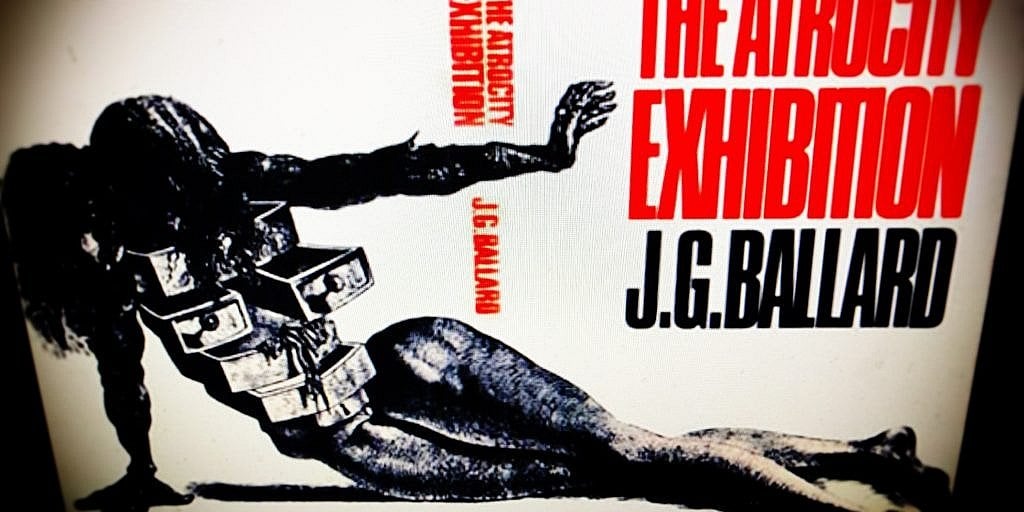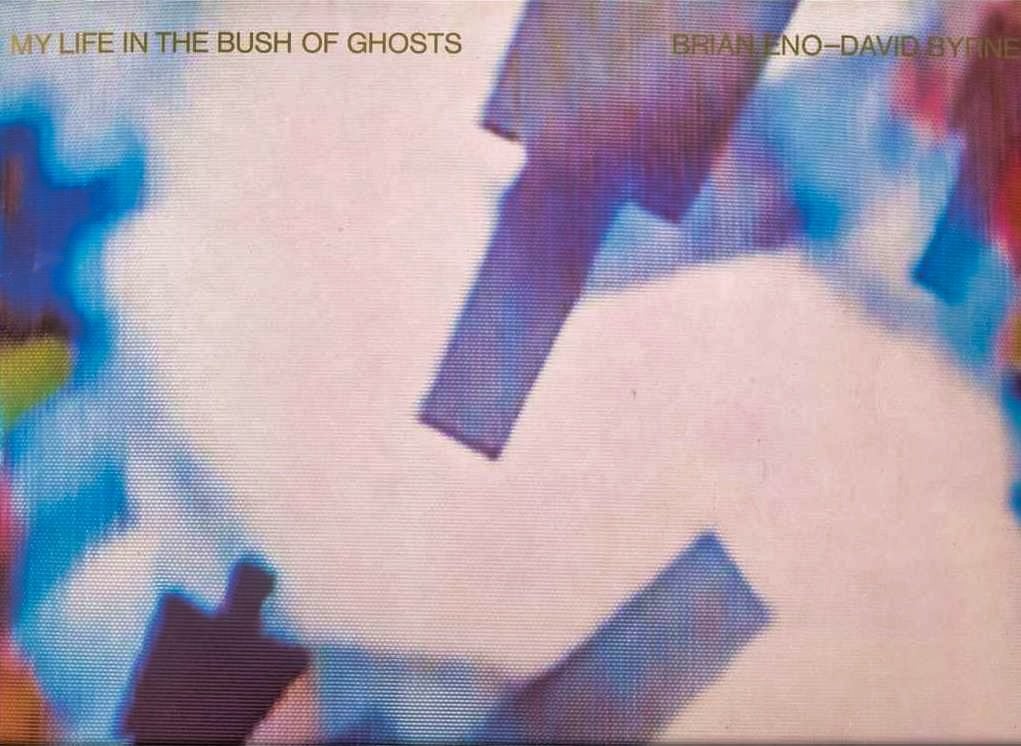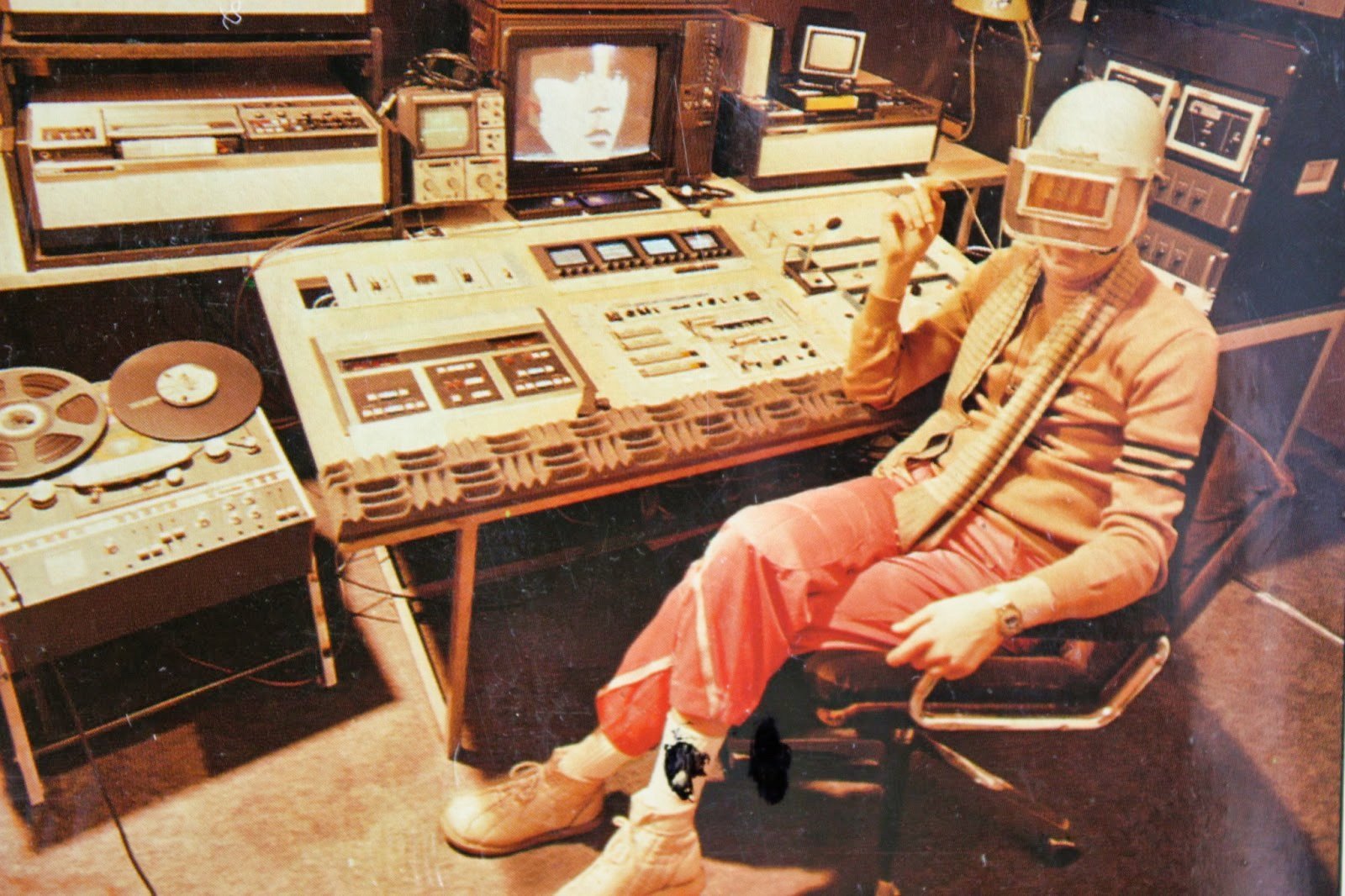
From an insightful piece by Philip Cosores in Uproxx:
From track lengths to chord progressions to song structures, the amount of math involved in what sounds good to the ears is the least sexy aspect of music, right up there with the language of recording contracts and the cleanliness of tour buses. But it wasn’t until the rise of services like Spotify and Apple Music that the mathematics of music felt so dangerous. Namely, the math involved in streaming. […]
It’s been music critics who have been beating the drum about the dangers of streaming algorithms lately … but most of the time the criticism is less about well-researched investigations and more about gut feeling call outs, directed at music that is often simultaneously commercially successful and critically derided. Over the course of the last year, you’d be hardpressed to find a negative album review that didn’t at some point evoke the idea of The Algorithm being to blame for the music’s perceived lack of quality — it has become this specter hovering above popular music, ready to sink its talons into anything that finds commercial success. […]
Of course, the music world has changed because of streaming, and many artists and labels will always look to trends when creating their own strategies and aesthetics. But blaming streaming for the music that you don’t like feels increasingly closed off from reality, where streaming is, in fact, influencing most of the music that is being consumed, regardless of quality. This is no better or worse than it has ever been, it’s just a recent mode of consumption that musicians are learning how to work with.
It’s impossible to argue that in the history of commercial music — even before recording technology — there was a time when the means of delivery wasn’t an influence on songcraft. Whether it’s writing an opera with
Of course, there are artists creating music specifically to exploit Spotify as a platform — the ‘poop song’ guy immediately comes to mind — but I agree with the thesis of this piece. It’s easy to accuse music we don’t like of solely catering to ‘the algorithm’ just as we once derided songs made specifically for pop radio or albums in the ‘70s that seemed so serendipitous they were obviously capitalizing on a trend.
The favored target of the music critic is ever-changing (and I love music criticism and feel it’s necessary, so don’t take this as a slam). The identity of that target is a gauge of where music stands and the ways we, as music fans, feel uncertain in its progress. Emerging trends create a widening feedback loop, making it increasingly difficult for the critic to separate the calculated from the cultural. Yesterday’s disparaged made-for-MTV band is today’s algorithm-friendly artist. And, soon enough, probably tomorrow’s A.I. assisted songwriter.
🔗→ Stop Blaming Streaming Services For The Music You Don’t Like







